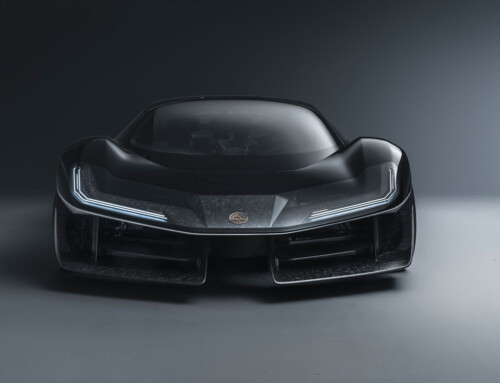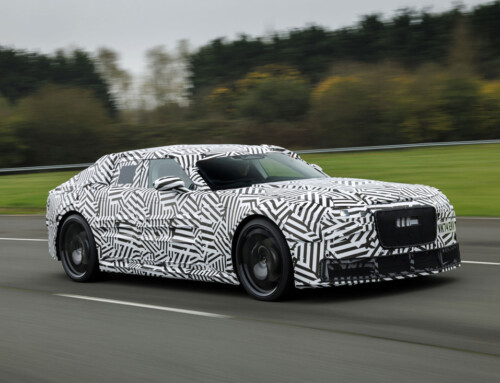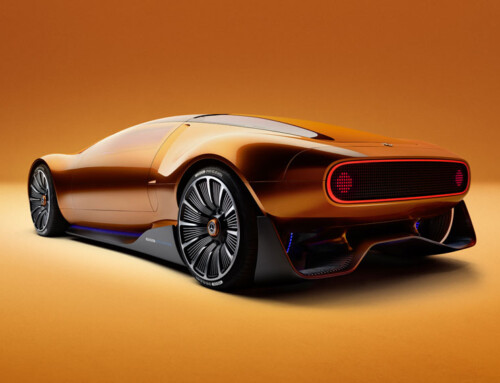The Opinion column in this Issue no. 152 of Auto & Design, signed by Serge Bellu, is a reflection on the concept of beauty as applied to the situation in international car design today.
Starting from the last Geneva Show, where the two Alfa Romeos, the 159 e Brera, were greeted as a return to values of classical beauty, Bellu wonders what meaning can be attributed to the concept of a “beautiful car” at the beginning of the 21st century.
The question of beauty is as old as prehistoric rock paintings. It was the Greeks who established the aesthetic ideal in olden days, specifically in the century of Pericles; in Xenophon’s ‘Memorabilia’, we learn that Socrates was already distinguishing between ideal beauty, spiritual beauty and useful beauty. In his turn, Plato looked more closely at the facts and distinguished between beauty ‘as harmony and proportions’, and beauty ‘as splendour’.
Designers today kow-tow to these self-same rules. In all design studios the definition of what is beautiful is an obsessive request. The dilemma of the creatives lies in their search for a fine balance between seduction and innovation.
In the 20th century, Umberto Eco contrasted the beauty of provocation with the beauty of consumerism. The former concept is proposed by various avantgarde movements while the latter is based on the model proposed by the media. But, very soon, the media themselves ‘no longer present any unified model, any unified ideal of Beauty. Avantgarde experience can stand alongside the models of the Twenties.’
Umberto Eco is quoted again at the end when he speaks of an ‘orgy of tolerance’, of ‘total syncretism’ and of the absolute irrepressible polytheism of Beauty’. We have to accept that this orgy of tolerance is, today, also applied to the motor car.
The article continues in Auto & Design no. 152










